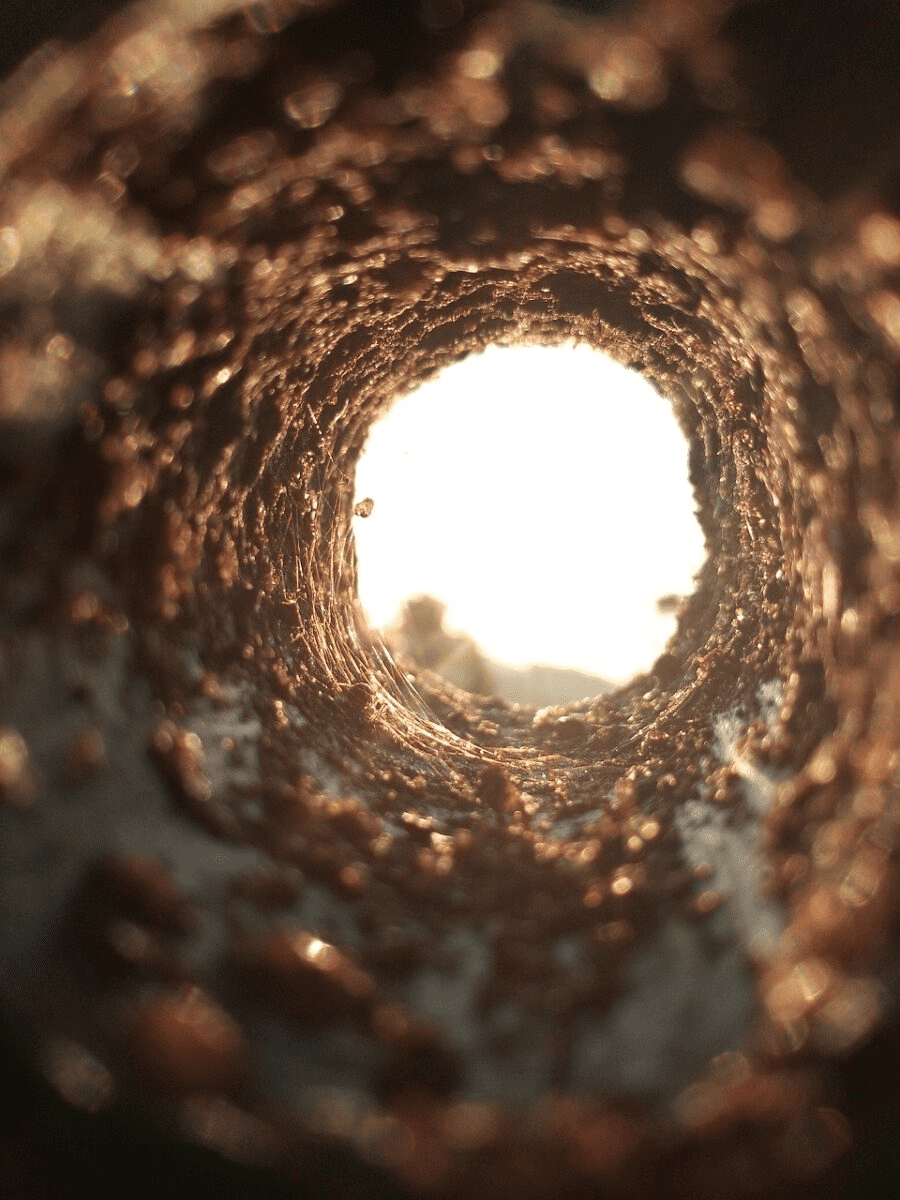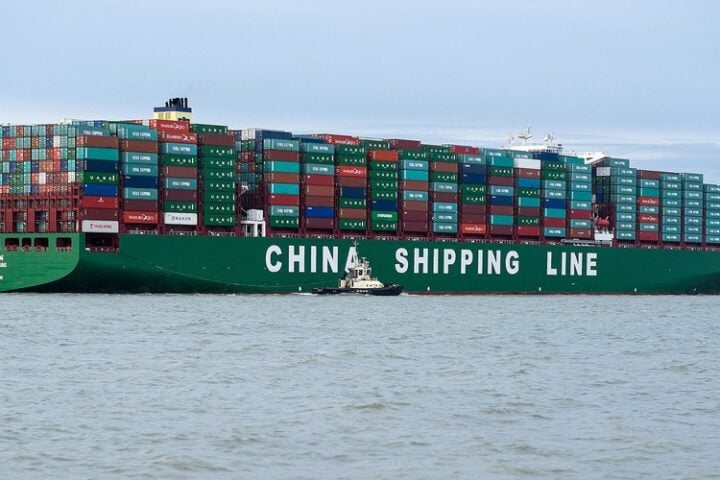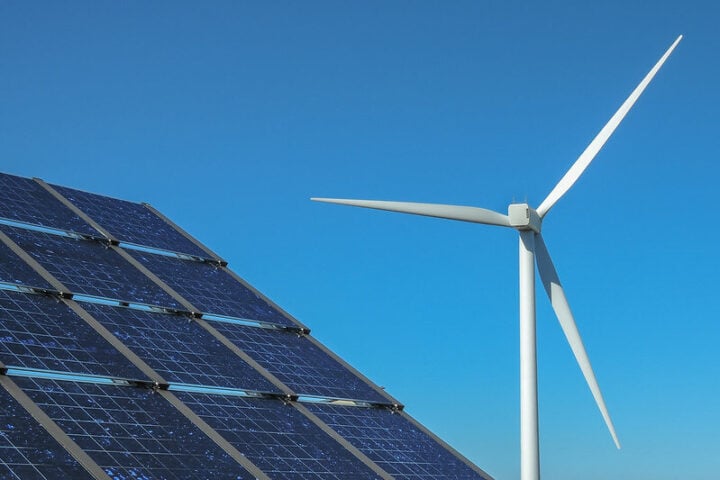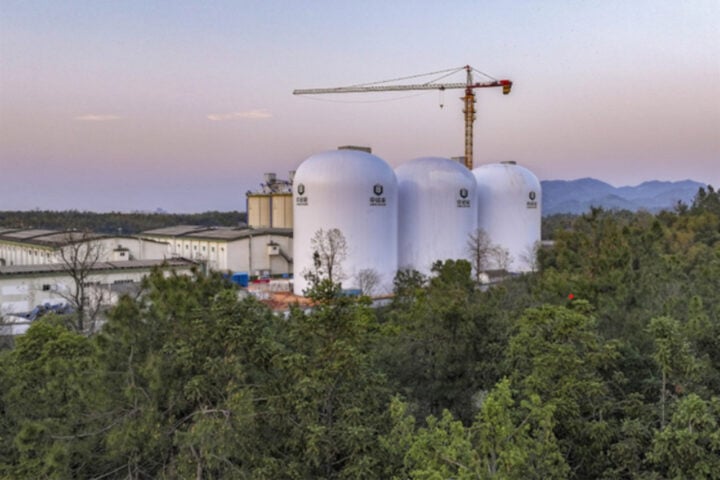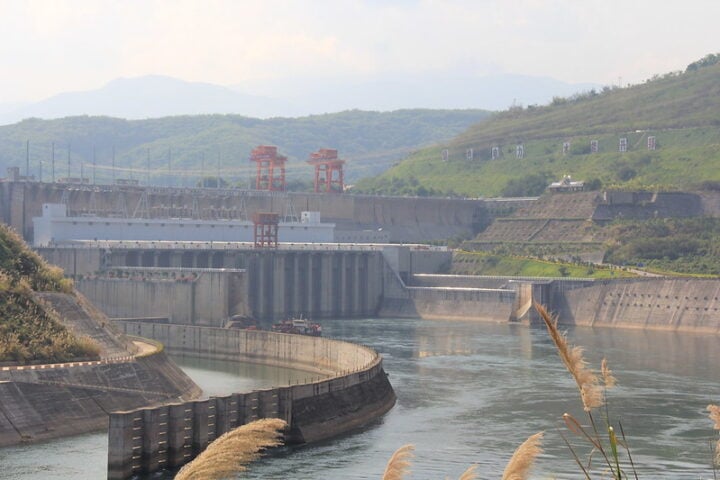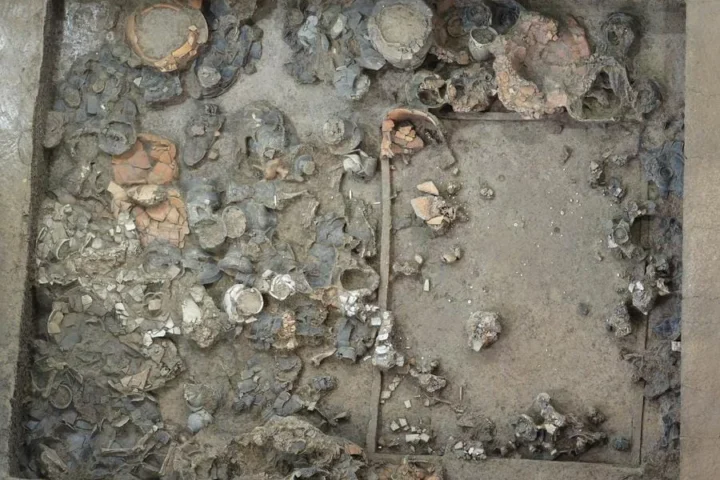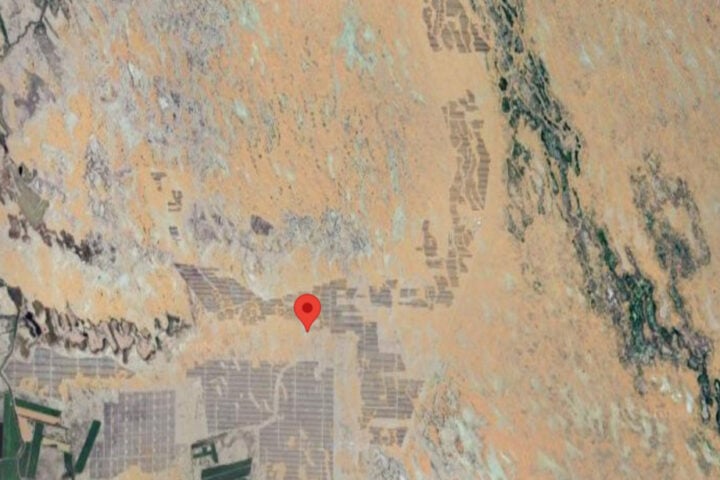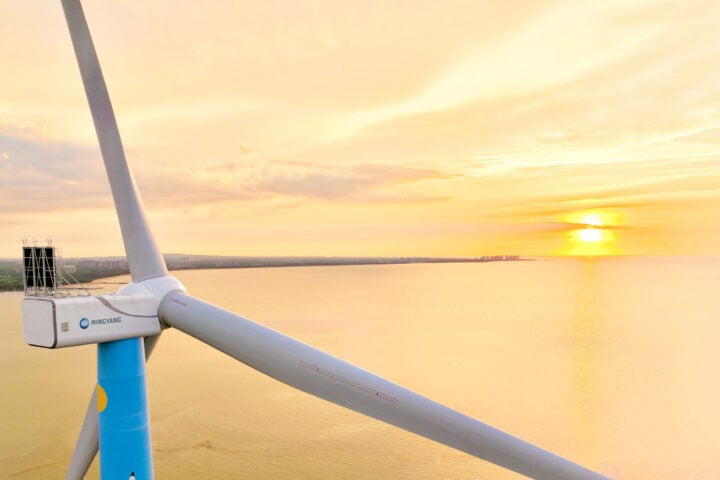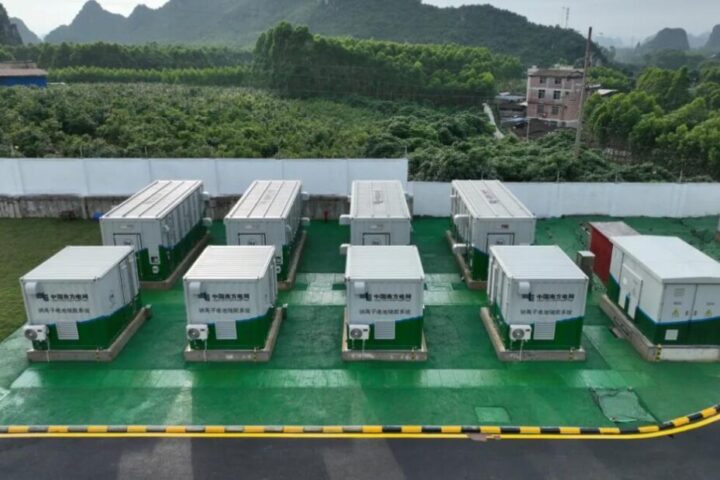China is digging a 10,000-meter (32,808 feet) hole into the Earth’s crust. The groundbreaking project aims to test drilling technology and gain a deeper understanding of the planet’s underground structure. Led by the China National Petroleum Corp., the drilling is expected to last 457 days and will traverse 10 layers of continental rock, ultimately reaching rocks from the Cretaceous Period, dating back over 140 million years. The project holds potential for identifying mineral resources and assessing environmental risks like earthquakes and volcanic eruptions. It is part of China’s broader efforts to expand underground research, which President Xi Jinping encouraged in a 2021 speech. Chinese officials also expressed a commitment to strategically strengthen the country’s energy supplies and mineral resources, particularly focusing on bulk minerals in short supply.
China has embarked on an ambitious project. However, it will fall short of the Kola Superdeep Borehole in Russia, which remains the deepest human-made hole on Earth. Kola Superdeep Borehole in Russia is 11,034 meters (36,201 feet) below sea level. Digging into the Earth’s crust comes with challenges and surprises. Previous drilling efforts, such as the Kola Superdeep Borehole, unexpectedly encountered wetter rocks and discovered evidence supporting the theory of plate tectonics. Despite difficulties, the Chinese project is a monumental undertaking, compared by one academic to a big truck driving on two thin steel cables.
Similar Post
While reaching the Earth’s mantle remains a distant goal, the project’s location in Xinjiang, China’s largest oil and gas-producing area, suggests potential opportunities in energy resources. Additionally, China possesses substantial crude iron ore reserves, a valuable resource for steelmaking. The focus on mineral exploration aligns with global trends as countries seek to secure rare earth minerals and other elements required for clean technologies like electric vehicle batteries, energy storage, and wind turbines. As the demand for clean energy continues to rise, steady access to these minerals becomes crucial for nations and businesses worldwide.
